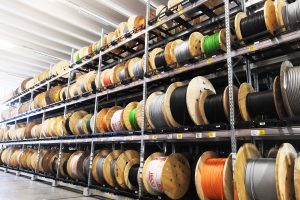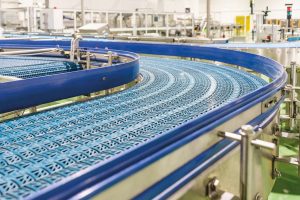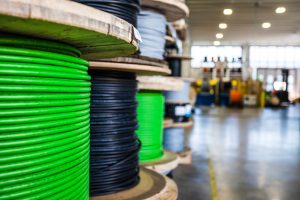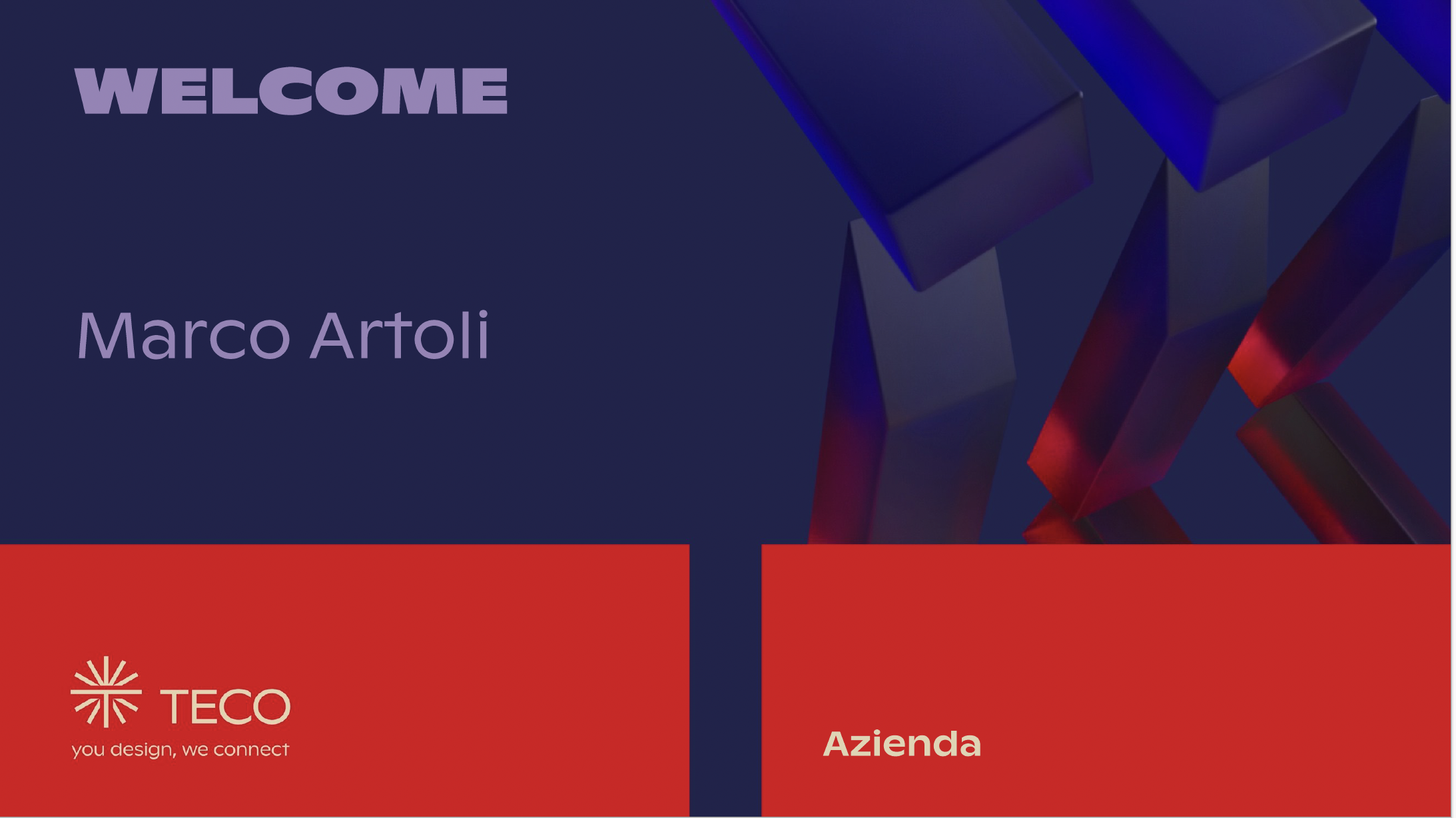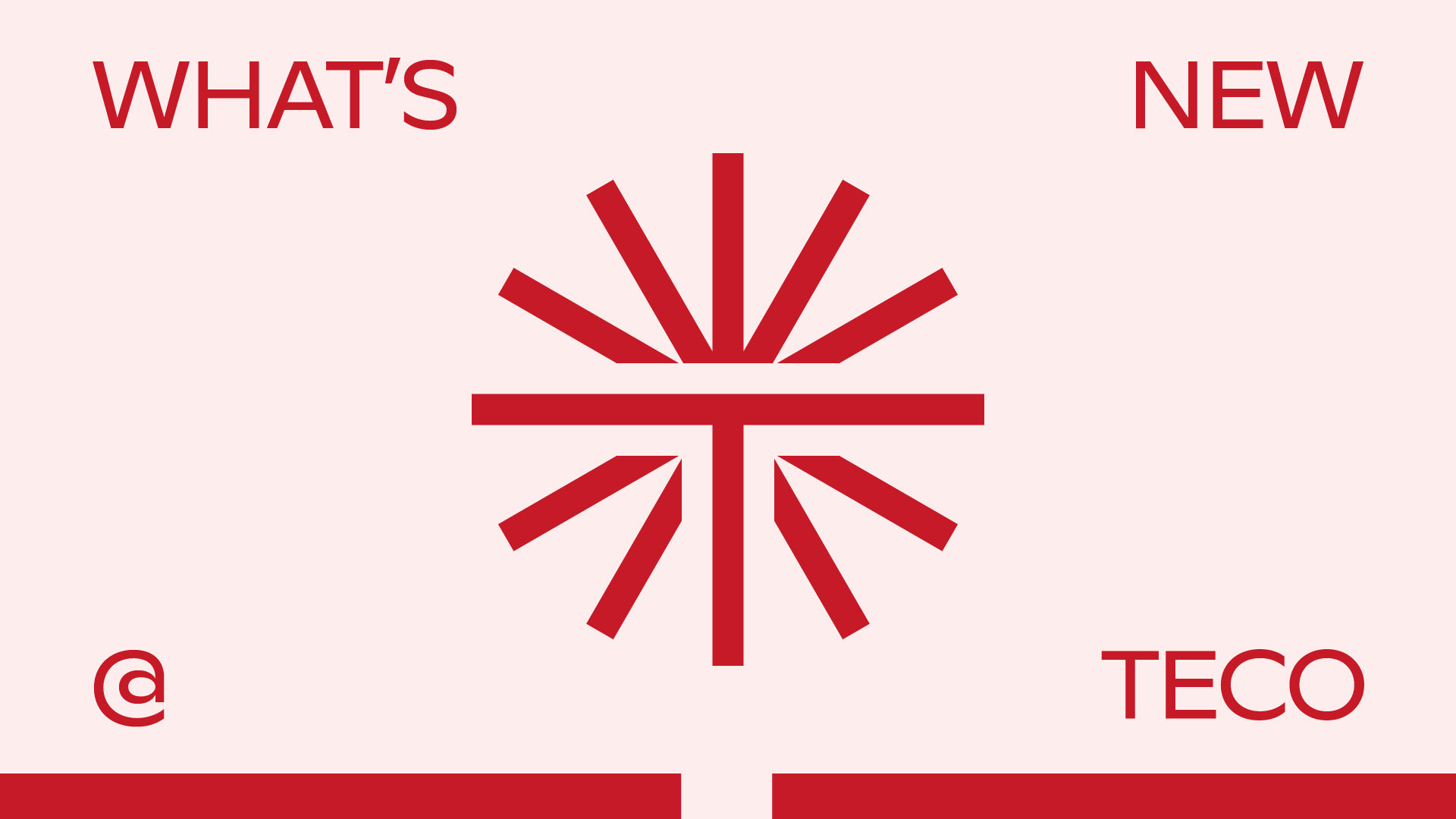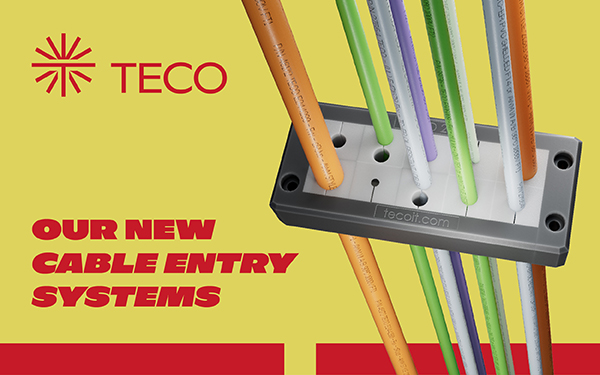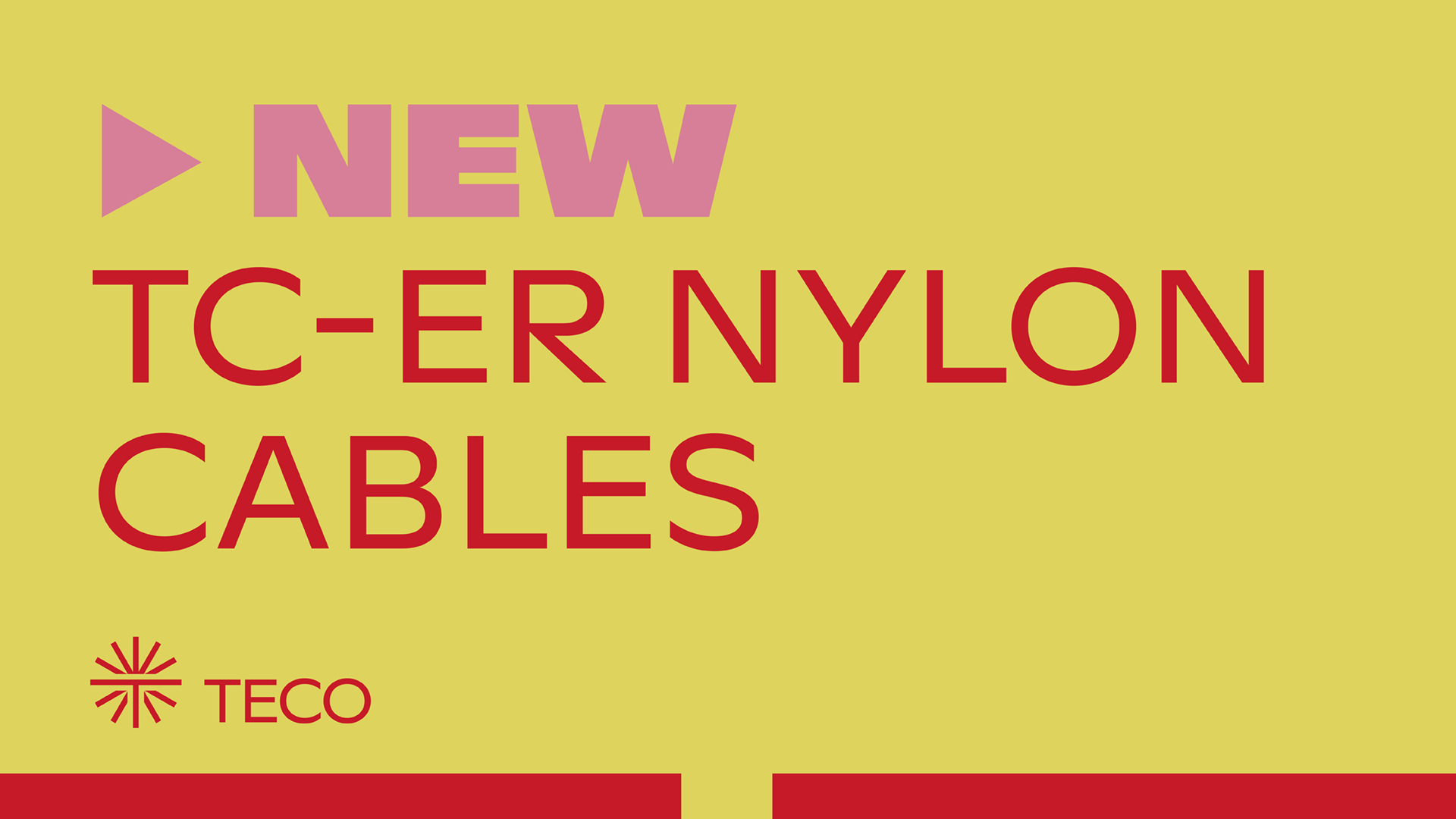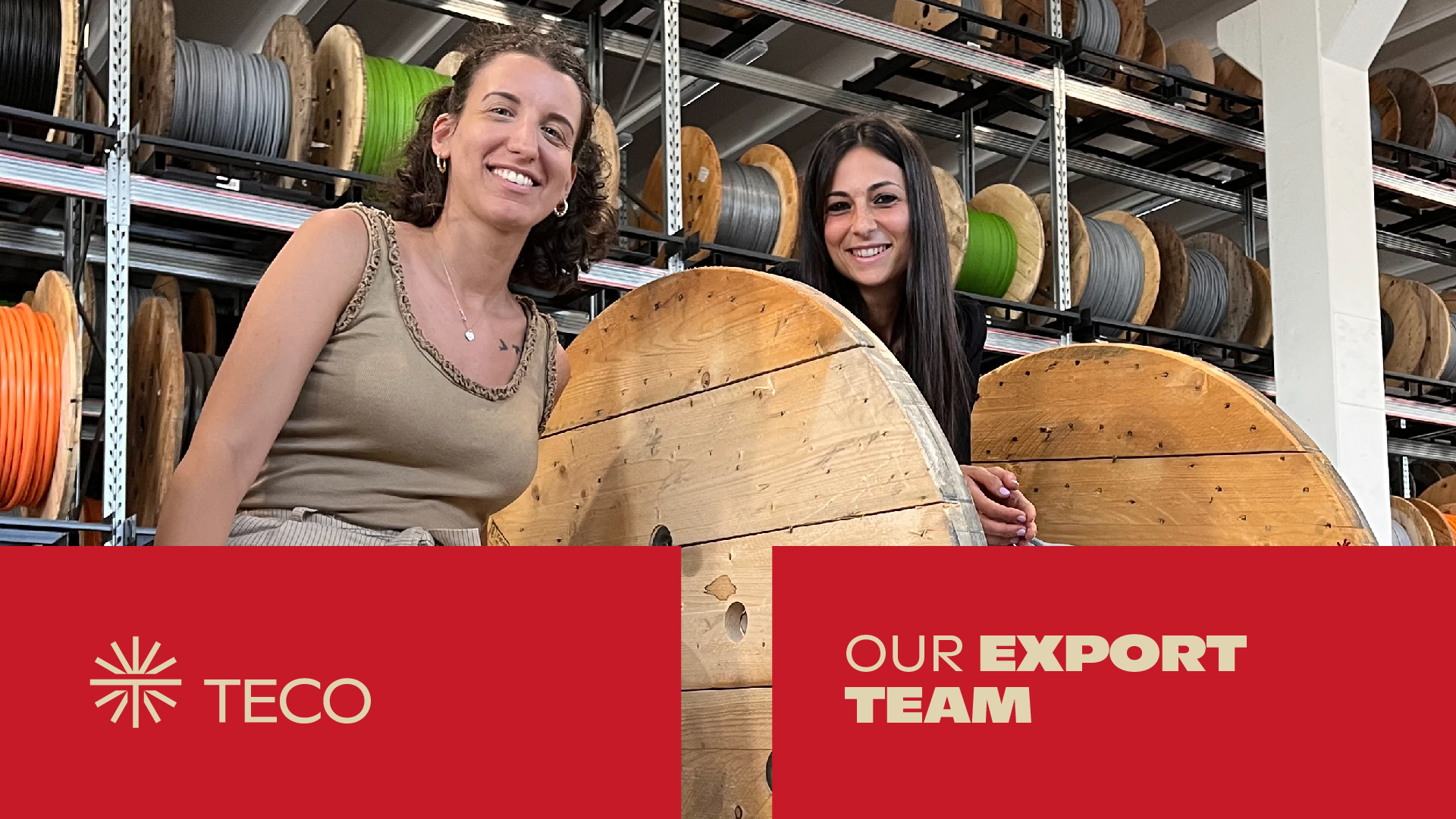[av_textblock size=” font_color=” color=”]
These standards normally require test burning of a single wire or bundle of wires positioned horizontally or vertically at a variable inclination. During the test, one or more flames is applied, possibly at different points, for a given interval of time. A number of parameters are required as test results:
- Distance and time of flame propagation.
- Quantity of plastic material combusted/fallen during combustion.
- Quantity of toxic gases produced during combustion. A wire is referred to as Halogen Free if it does not produce toxic gases (halogens) during combustion.
- Opacity of smoke produced during combustion.
A wire is described as LSZH (Low Smoke Zero Halogen) if it not only produces no halogens but produces very little smoke.
Examples of regulations governing toxic gases and smoke during wire combustion are: CEI20-37/4-0 IEC 60754-1 EN 50267-2-1 EN 50268.
[/av_textblock]
[av_table purpose=’tabular’ pricing_table_design=’avia_pricing_default’ pricing_hidden_cells=” caption=” responsive_styling=’avia_scrollable_table’]
[av_row row_style=’avia-heading-row’][av_cell col_style=”]REFERENCE ORGANISATION[/av_cell][av_cell col_style=”]PREFIX
ABBREVIATION
[/av_cell][av_cell col_style=”]EXAMPLES MENTIONED IN THE TE.CO. CATALOGUE[/av_cell][/av_row]
[av_row row_style=”][av_cell col_style=”]EUROPEAN COMMITTEE FOR ELECTROTECHNICAL STANDARDIZATION (CENELEC)[/av_cell][av_cell col_style=”]EN HD
[/av_cell][av_cell col_style=”]EN60332-1
[/av_cell][/av_row]
[av_row row_style=”][av_cell col_style=”]INTERNATIONAL ELECTROTECHNICAL COMMISSION (IEC)[/av_cell][av_cell col_style=”]IEC[/av_cell][av_cell col_style=”]IEC60332-1; IEC60332-3-22
[/av_cell][/av_row]
[av_row row_style=”][av_cell col_style=”]NATIONAL ELECTROTECHNICAL COMMITTEE (CEI)[/av_cell][av_cell col_style=”]CEI[/av_cell][av_cell col_style=”]CEI 20-22 II; CEI 20-35; CEI 20-37/2-1
[/av_cell][/av_row]
[av_row row_style=”][av_cell col_style=”]UNDERWRITERS LABORATORIES (UL)[/av_cell][av_cell col_style=”]UL[/av_cell][av_cell col_style=”]UL1581 VW1
[/av_cell][/av_row]
[av_row row_style=”][av_cell col_style=”]CANADIAN STANDARDS ASSOCIATION (CSA)
[/av_cell][av_cell col_style=”]CSA[/av_cell][av_cell col_style=”]CSAFT1; CSAFT4
[/av_cell][/av_row]
[/av_table]
[av_textblock size=” font_color=” color=”]
A number of bodies issue fire behaviour regulations; the regulations most frequently referred to as listed below.
Even though these regulations are issued by different authorities around the world, they are often very similar and require practically the same tests:
EN60332-1; IEC60332-1; HD405.2; CEI20-35; ULVW1; CSA FT1
REFERENCE STANDARDS APPLICABLE TO TE.CO. WIRES
In general, using common terminology, the wires in the TE.CO. catalogue may be broken down into the following categories:
- Non-flame propagating (self-extinguishing) wires Families: FRX® – PMXX® – PMMXX®- FE – UL2587 – UL20886 – UL2464 Comply with standards: CEI 20-35; EN 60332-1; IEC60332-1; UL VW1; CSA FT1
- Non-fire propagating (flame-proof) wires Families: TECNIFLEX® – LiYY – LiYCY – LiYCY-P Comply with standards: CEI 20-22 II; IEC 60332-3-22
- Families: TC-ER Comply with standards: UL1685; CSA FT4
- Halogen free wires Families: PMXX® – PMMXX® Comply with standards: IEC 60754-1
[/av_textblock]
[av_social_share title=’Condividi questo articolo’ style=’minimal’ buttons=’custom’ share_twitter=’aviaTBshare_twitter’ share_linkedin=’aviaTBshare_linkedin’ share_mail=’aviaTBshare_mail’]

